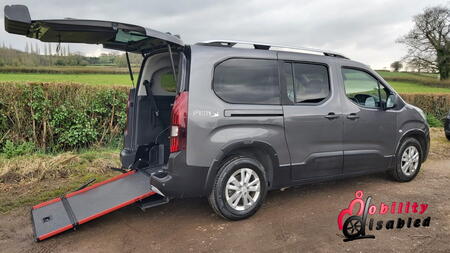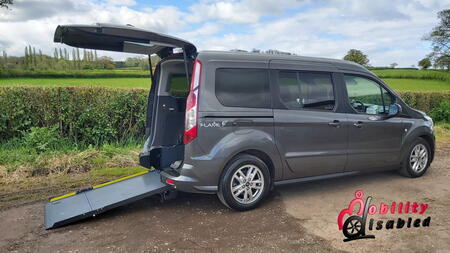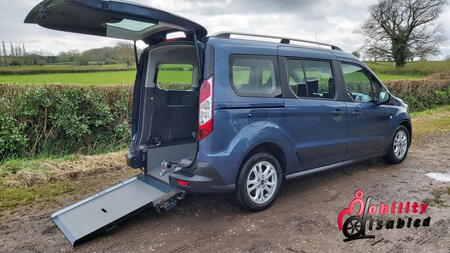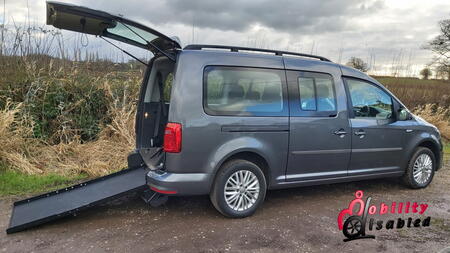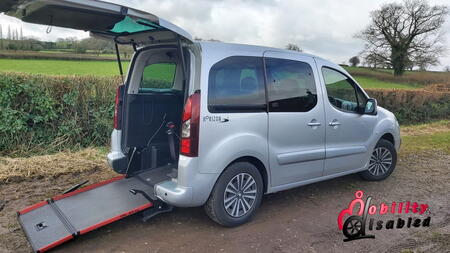It could be mechanical, electrical or some other issue that needs your attention, and you should understand at least the basics so that you’re not driving something that’s potentially dangerous.
However, the vast array of them that can be found on modern dashboards is bewildering, and who has time to go through a manual?
So we’ve put together a handy list of the ones you need to look out for, with the caveat being that you really should look in the manual!
Let’s dive in...
Main ones to look out for:
Airbag Warning
The Airbag warning light is one of the more important lights to pay attention to, as this light refers to the safety measures put in place to help protect you in the event of an accident.
If you see this light, be sure to get your car to a garage before you use it to drive anywhere else.
Anti-lock brake system (ABS)
The Anti-lock brake system is essentially an extra safety layer of braking used when making abrupt stops. If this light comes on, do not threat, as you will still have access to your normal brakes.
However, it is advised that you take your car in to be checked as soon as you can.
Battery Warning
The battery warning light is not a sign to immediately panic, however it does mean that your battery isn’t working sufficiently, and when it runs out, you will not be able to drive the car.
So while we encourage you to either pull over or take your car to the nearest garage.
Brake Pad
The Brake Pad warning light is used to let you know that your brake pads are starting to become rather worn. While this does not put you in immediate danger, it is best to get them replaced as soon as possible.
Brake Warning
There are essentially two meanings for the Brake warning light, the most common is that your brake fluid is running low. If this is the case then you can either top it up yourself, or get it done at any garage.
The other is that your brake system is not working correctly. The way to distinguish between which of the two warnings it might be, is when the brake system is not working properly, then you will likely find the ABS warning light to also be on.
Coolant Levels
This warning light is one of the more common/mild warning signs, it refers to the level of coolant fluid in your vehicle.
It is essentially the fluid that keeps your engine cool, so it is good to ensure this is topped up at the next opportunity.
Engine Management
The Engine Management light is a sign that your engine is not working as intended.
While the problem can be caused by any number of other issues, it is worth knowing that any further driving should be done with great caution, as it could cause further damage.
Engine Temperature
The Engine Temperature light goes hand in hand with the Coolant Level light. But that doesn’t mean that they always show together.
As the name suggests, your engine is basically at a high temperature, so it is advisable to pull over or top up your coolant whenever possible.
Low Tyre Pressure
The Low Tyre Pressure light is one of those lights that is not often needed but is there just in case.
Typically if your tyre pressure is starting to get low, you will feel the effect on your driving, as the car will feel heavier to turn.
You can find tyre pumps at most gas stations or garages.
Oil Warning
The Oil warning light is one to keep an eye on, as if this is on, you want to pull over as soon as possible.
This means that the oil is not being dispersed as it should, which can cause severe damage to the engine.
As mentioned at the beginning of the post, we would always recommend that you read your car’s manual, as it will help to give specific detail as well as letting you know about other warning lights that the car has implemented.
Customer Reviews
Thank you so much for the proactive, responsive and supportive way you handled our viewings and sale. A very smooth and professional process throughou... Read More
Amjad Darr
Fantastic company family run buisness easy to deal with and excellent vehicle our vehicle come with a 12 month warranty with no additional charge wow!... Read More
John Smith
Contact Details
Kington GarageKington Lane
Kington
Thornbury
Bristol
BS35 1NH 0333 200 8593 (local rate charges) 07305 049 640 sales@mobilitydisabled.co.uk
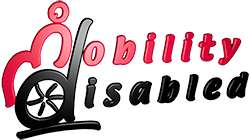
 Wheelchair CITROEN
Wheelchair CITROEN Wheelchair FIAT
Wheelchair FIAT Wheelchair FORD
Wheelchair FORD Wheelchair PEUGEOT
Wheelchair PEUGEOT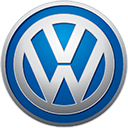 Wheelchair VOLKSWAGEN
Wheelchair VOLKSWAGEN